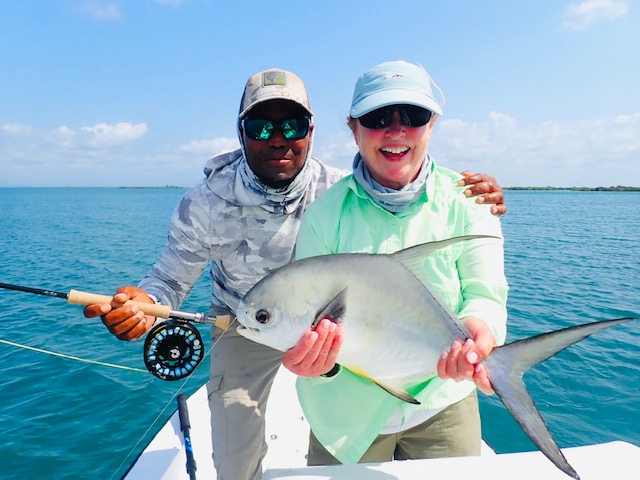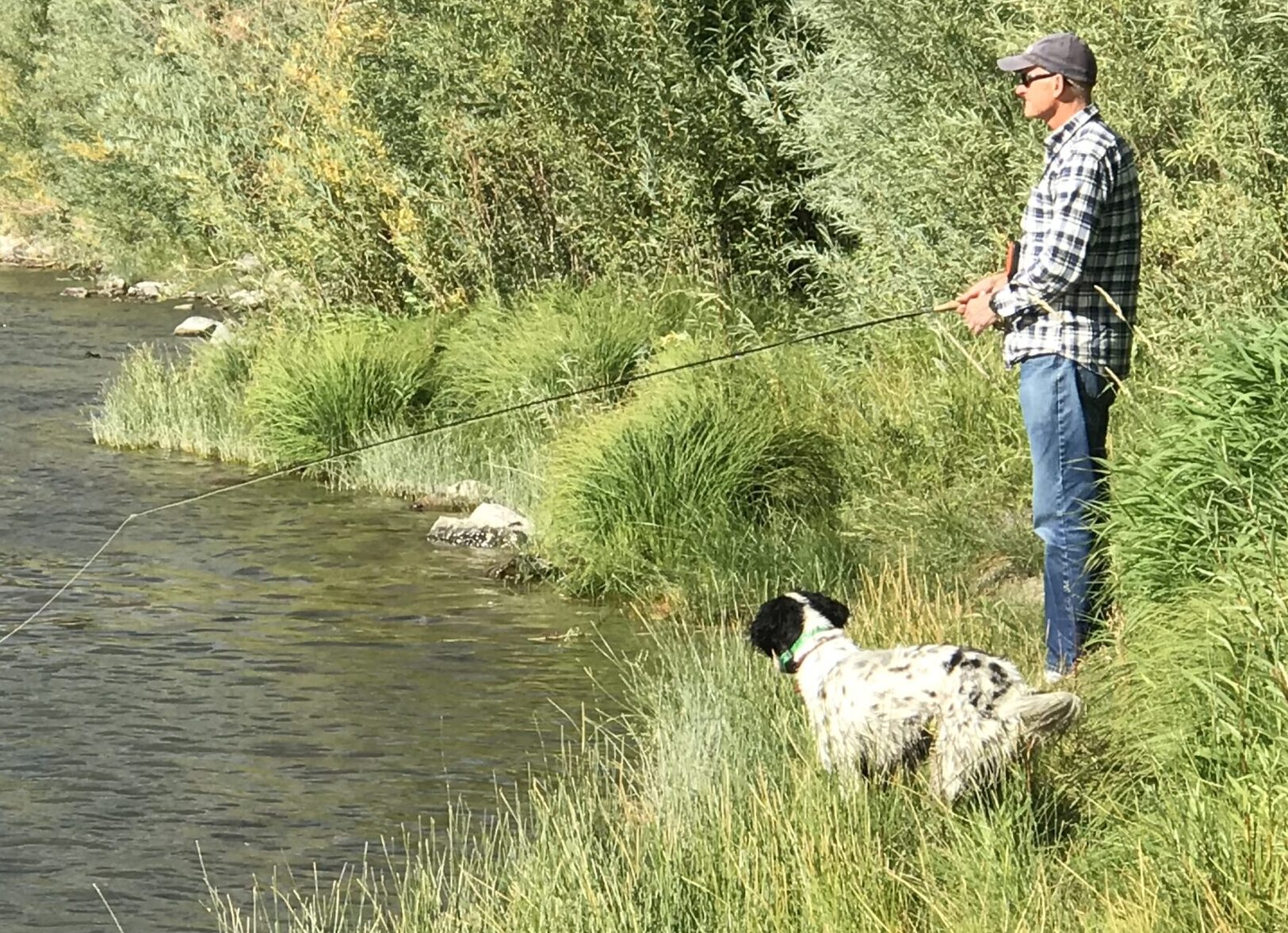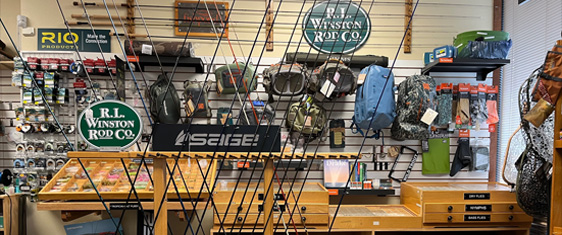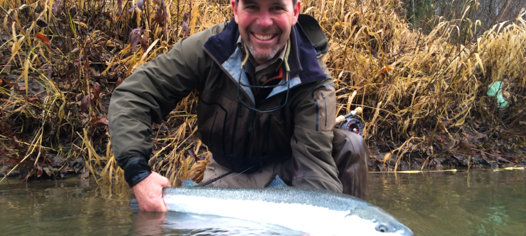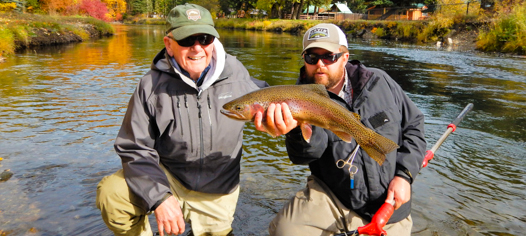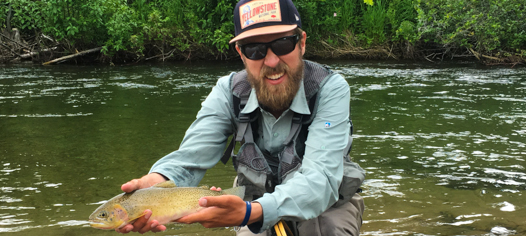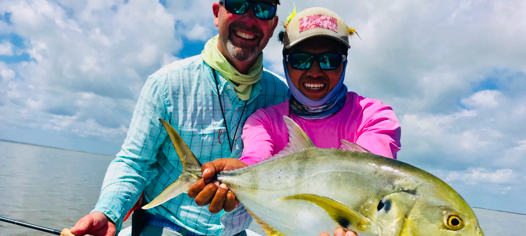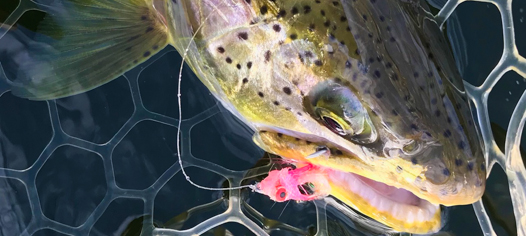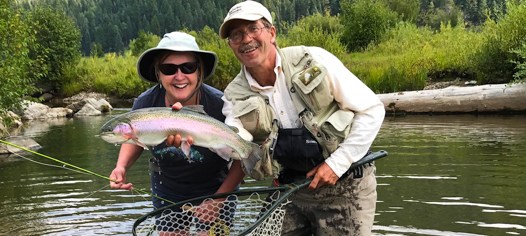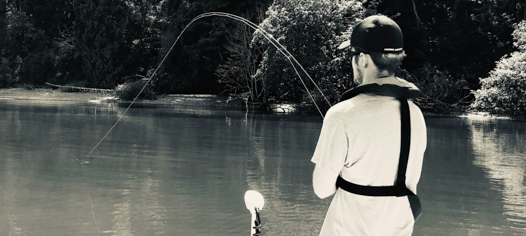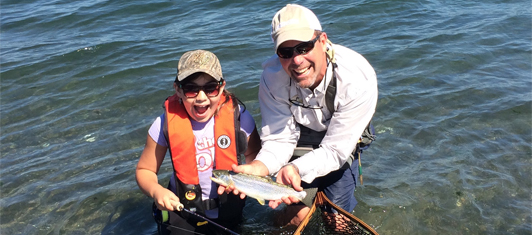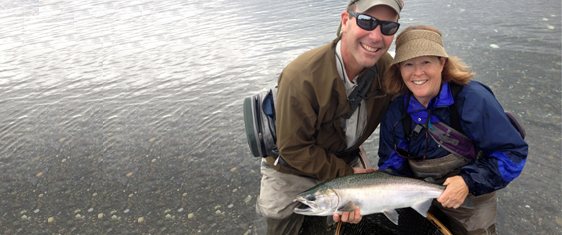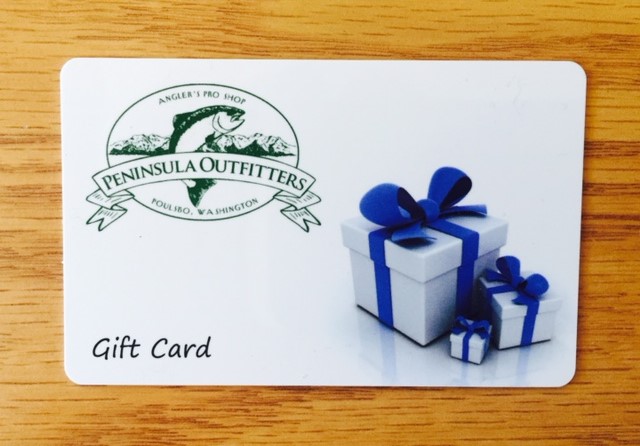Join Our Mailing List
Mail code
Follow Us!
Upcoming Events
Need that Perfect Gift?
Some of the brands we carry:

download

Sage_Logo-Large-Green_23361638_std

Redington Logo
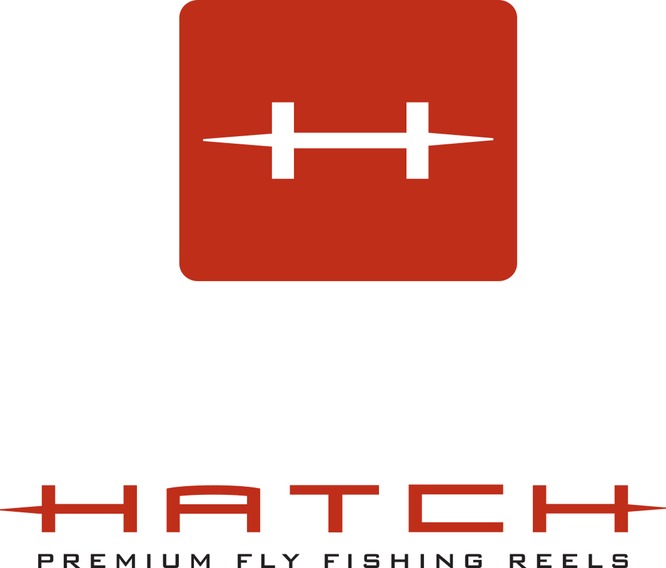
hatch-logo_med_hr

Bauer Logo

Nautilus-Logo-w_Flag_1

WinstonSubcategoryPic(1)

brands
Product Categories
WEST SIDE LAKE OPPORTUNITIES
By: Richard K Stoll
Lowland lakes open Saturday, April 28th. It’s time to break out your fishing equipment. Are you reels oiled and the drag working smoothly? Is your line in good shape, no cracks or abrasions? Do you have plenty of the right kind of flies and leaders? While you have your rod out, take a few practice casts on the back lawn to tune your technique. Then, have you decided where to go for your opening day celebration. Maybe I can help on where to go. The decision is easy if you have access to a boat or float tube. There are a hundred of excellent lakes both in the west sound and east of the Cascades. On the other hand, if you are a bank angler, your choices are limited. Many west sound lakes are bordered by private property, eastern Washington desert lakes by banks and brush. Most Department of Wildlife fishing accesses are no more than small boat launches. Nevertheless, there are a few bank angling opportunities. Kitsap, Island and Buck Lakes all have park areas that provide more extensive bank access. Even though these are so-called urban lakes, they provide better-than-normal west sound lake fishing. Alternatively, try Leland Lake. Leland Lake is several miles south on 101 and has some nice camping spots. My hot-shot forecast is that Anderson Lake near Chimicum will provide some excellent hold-over fishing after the closures of last year. Anderson is a consistent producer of larger than normal west sound rainbows. For fly anglers, Cady Lake on south Kitsap Peninsula in North Mason County is limited to fly fishing only. This restriction will also limit the crowds. A recently constructed lake-side bed and breakfast facility could provide an opportunity for a very nice weekend. What to use? My first bet is midge larvae imitations. Midges, like small black flies and no-see-ums, hatch by the millions in western Washington lakes during April and May. It is not uncommon to see the top of the water virtually covered with larval shucks. They look somewhat like black mosquito larvae, very tiny with white gills on the head. Fish love these midges and scoop them like vacuum cleaners. An effective imitation is the TDC (Thompson’s Delectable Chironomid). Sizes 14 to 18 are the ticket. TDCs should be fished on a long, fine leader – say 12 feet long with a two pound test tippet. It is necessary to practically mooch midge larvae imitations. That is moving them very little, if at all. Expert anglers use a strike-indicator to detect a strike. This is a little piece of floating plastic or yarn attached where the leader is tied to the fly line. Other effective flies include the Peacock Carey and Six Pack, both damsel-fly nymph imitations, any large dragon fly imitation, and the old standard, wooley-buggers. All of these should be fished slow and deep. When you think you are moving the fly too slow, slow down some more. Aquatic bugs do not charge around lakes like race cars. A point on conservation. This is no longer the day and age where sensitive anglers keep stringer loads of fish. Most west sound lake trout end up in the garbage can or the cat’s dish when the angler finds out they taste like mud. Pinching hook barbs with needle-nose pliers and releasing fish without removing them from the water are solid, environmentally sensitive practices. More and larger fish available to more anglers over the course of the fishing season. These are also great practices to teach young people. By the way. I hope you are taking the kids on your opening day outing.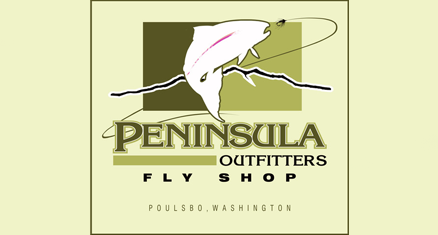 Peninsula Outfitters
Peninsula Outfitters